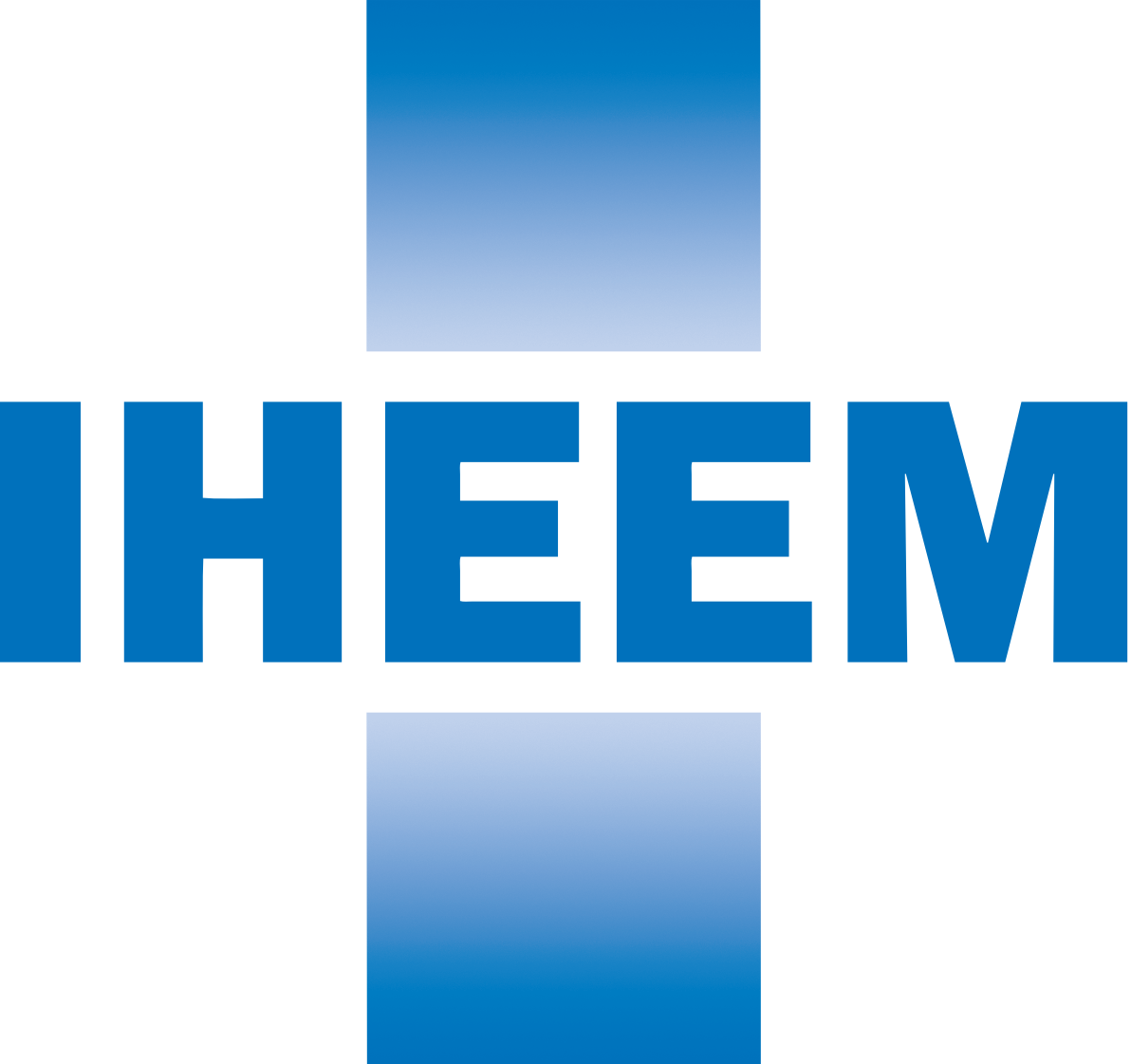Using generative AI algorithms, the research team ‘designed’ more than 36 million possible compounds, and computationally screened them for antimicrobial properties. The top candidates they discovered are structurally distinct from any existing antibiotics, and they appear to work ‘by novel mechanisms that disrupt bacterial cell membranes’. This approach allowed the researchers to generate and evaluate theoretical compounds that have reportedly never been seen before – a strategy that they now hope to apply to identify and design compounds with activity against other species of bacteria.
Professor James Collins (pictured), the Termeer Professor of Medical Engineering and Science in MIT’s Institute for Medical Engineering and Science (IMES) and Department of Biological Engineering, said: “We’re excited about the new possibilities that this project opens up for antibiotics development. Our work shows the power of AI from a drug design standpoint, and enables us to exploit much larger chemical spaces that were previously inaccessible.”
Professor Collins is the senior author of the resulting study, published recently in Cell. The paper’s lead authors are MIT postdoc, Aarti Krishnan, former postdoc Melis Anahtar, and Jacqueline Valeri PhD.
The researchers explain that over the past 45 years, ‘a few dozen new antibiotics have been approved by the FDA, but most of these are variants of existing antibiotics’. At the same time, bacterial resistance to many of these drugs has been growing. Globally, they say, it is estimated that drug-resistant bacterial infections cause nearly five million deaths per year. In the hope of finding new antibiotics to fight this growing problem, Professor Collins and others at MIT’s Antibiotics-AI Project have harnessed the power of AI to screen ‘huge libraries of existing chemical compounds’. They say the work has yielded several promising drug candidates, including halicin and abaucin.
The MIT explains to build on that progress, Professor Collins and his colleagues decided ‘to expand their search into molecules that can’t be found in any chemical libraries’. The organisation said: “By using AI to generate hypothetically possible molecules that don’t exist or haven’t been discovered, they realised that it should be possible to explore a much greater diversity of potential drug compounds.”
